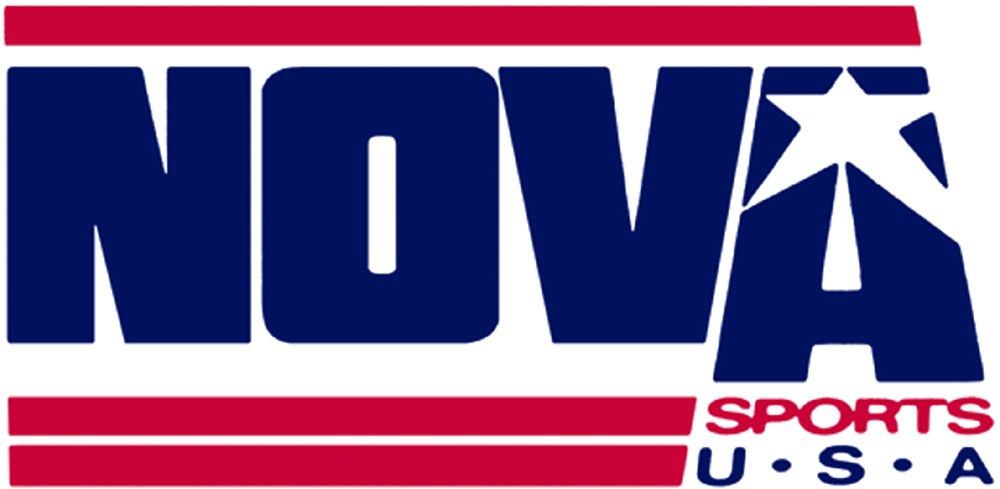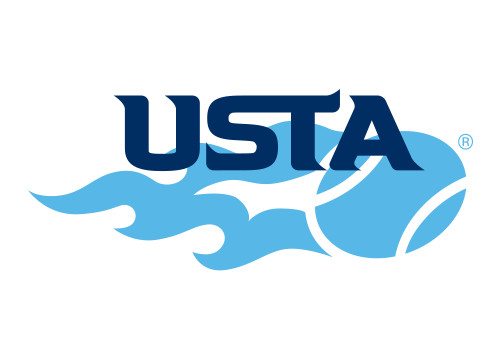Bringing Courts To Order Since 1953!
We build many of the best private and public courts in the Midwest
New Court Construction

While some architects and engineers may be able to help you, a Certified Tennis Court Builder is the best consultant. At Gerald Perry Tennis Company our on staff Certified Tennis Court Builder, Carla Magers, is available to assess your needs and consult on the best options for your public facility or private court. She is a member of the American Sports Builder Association (ASBA), and the United States Tennis Association (USTA).
Gerald Perry Tennis Company has been building complete courts from the ground up since 1953. Whether building a residential, public, or resort facility, a number of important decisions must be made: type of court/surface (clay, concrete, asphalt, or synthetics, court speed and color), drainage, location, orientation, fencing, lighting, and accessories. These decisions will not only affect the cost, but also suitability for specific uses. Gerald Perry Tennis Company is highly reputable and dedicated to working with their customers in the decision making process to construct the highest quality court to meet their needs.
Location

Drainage is probably the most important consideration in building a single court or block of courts. The court should be above grade on all sides to prevent water from washing across the court. Indoor courts should always be built with a slope and drain system for cleaning. Outdoor courts should be run in a north-south direction, whenever possible. Drainage should be compatible with the surrounding terrain, and whenever possible, the slope should be in the shortest direction, across on single courts, and lengthwise on blocks of three or more courts. Gerald Perry Tennis Company takes all of these things into consideration in construction of your court to deliver quality courts that are proven to last for years to come.
Type of Court

Many factors may determine the type of court to be built. Economics, soil conditions, and personal preference are all serious considerations.
Hard Courts vs. Soft Courts
Well-constructed hard courts are virtually maintenance free. From year-to-year, washing and accessories replacements are normal maintenance, and these are relatively inexpensive. Every 4 to 7 years hard courts will need to be resurfaced and most hard courts will require an overlay every 15 to 25 years. Hard courts may be surfaced with almost any color or color combination. Lighter colors may reflect more light at night or indoors, but lighter colors also show more glare in bright sunshine. Speed of play may be controlled or varied on hard courts to suit the owner.
Maintenance and labor of clay courts has been greatly reduced with the innovation of underground watering systems. Clay court will require a reconditioning once a year, and if properly maintained they will never require the major expenses incurred in resurfacing or overlaying hard courts. Clay courts in the United States are usually constructed of green fast dry materials. Red clay is usually slightly more expensive and may be slightly less stable.
Cushioned hard courts, synthetic grass, and rubberized or carpet are other types of surfaces, which may be very appropriate in many situations.
If the decision has been made to build hard courts, there are still several choices to be made. Asphalt, reinforced concrete, and post tension concrete are the most common types of hard courts built today. Each type of hard court has both advantages and disadvantages and each may be more appropriate in different locations.
Gerald Perry Tennis Company is prepared and dedicated to work with you in your decision for the best suitable court surface to meet your needs.
Fencing

Hot Springs Village- Hot Springs Village, AR Pickleball
The most common type of fencing is 1 ¾” mesh, galvanized or vinyl covered chain link. Other types of fencing may be used on either wood or metal framework. Fencing is usually ten or twelve feet high on the ends and wings, and may be lower on the sides to facilitate viewing or access. Fencing posts may be sleeved or direct buried, and may be up against the edge of the court or on the edge of the court itself. Gerald Perry Tennis Company will work with you to achieve the functionality and aesthetic look you desire with fencing to keep balls in your court and players impressed!
Lighting

Tennis court lighting usually falls within two general categories; low-level “shoe box” lighting systems and high elevation flood lights. Low-level lights usually provide more even light, as less light is scattered to the surrounding area. High elevation flood lights often have uneven “hot spots” but are usually much less expensive. In today’s market, LED lighting is the preferred lighting of choice due to the low cost of operation and maintenance. The initial cost is somewhat higher but long term it will be a more economical solution for lighting. Gerald Perry Tennis Company will do what it takes to illuminate your court so you can have the ability to play 24 hours a day!
Accessories

Tennis court extras may range from simple shaded areas and benches or windscreen to elaborate viewing areas. Other items include ball machines, backboards flags and banners, blowers, washers, squeegees, court caddies, scorekeepers, and rol-dries. Gerald Perry Tennis will deliver the accessories you need to complete your new court!
Repair & Resurfacing

We repair and resurface existing court surfaces for tennis, pickleball, basketball, volleyball, and futsal. An existing court can be greatly improved by making necessary repairs followed by new acrylic paint and fresh striping. Adding new courtside accessories can also breathe new life into an existing court.
We can also reconfigure existing tennis courts to pickleball, basketball, volleyball, or futsal. It can be beneficial to convert a court if it is under-utilized in its current configuration. Our Certified Tennis Court Builder on Staff can consult with you to explain how you can best convert your court to the sport desired for optimal use.





